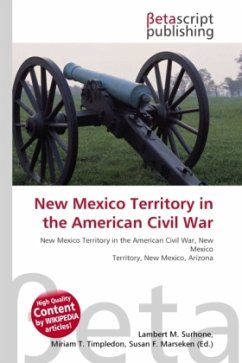High Quality Content by WIKIPEDIA articles! Folsom points are a distinct form of chipped stone projectile points associated with the Folsom Tradition of North America. The style of toolmaking was named after Folsom, New Mexico where the first sample was found within the bone structure of a bison in 1927. The points are bifacially worked and have a symmetrical, leaf-like shape with a concave base and wide, shallow grooves running almost the entire length of the point. The edges are finely worked. The characteristic groove, known as fluting, may have served to aid hafting to a wooden spear shaft or dart or perhaps to improve penetration of the target. The fluting may also have been a stylistic element or have had some symbolic purpose. The fluting required great technical ability to effect, and it took archaeologists many years of experimentation to replicate it.
Bitte wählen Sie Ihr Anliegen aus.
Rechnungen
Retourenschein anfordern
Bestellstatus
Storno








